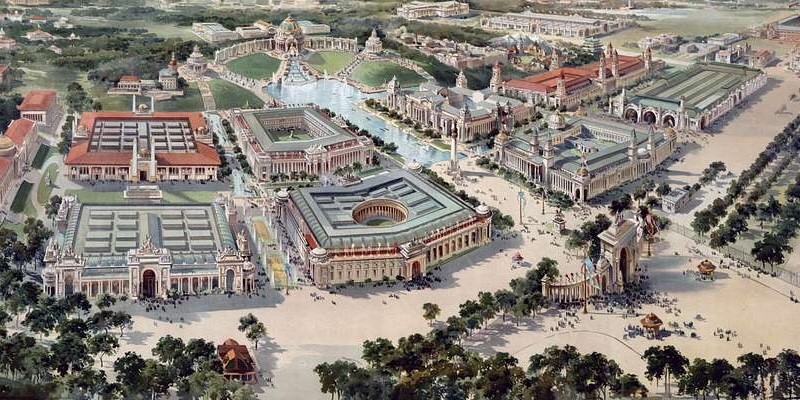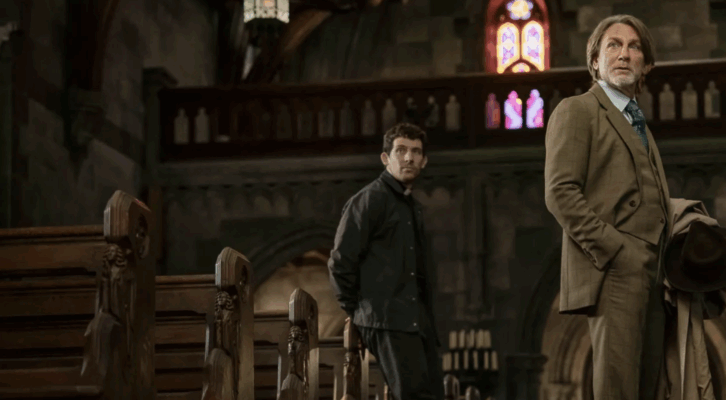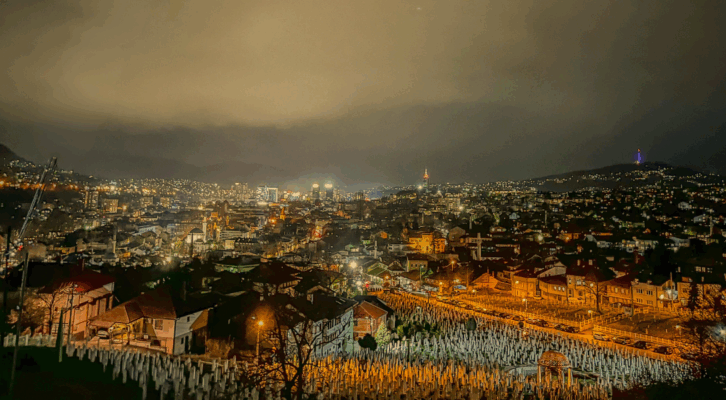Stepping through the gates of the 1904 St. Lous World’s Fair was like crossing into a different world—one bursting with color, wonder and, in some cases, horror.
Close to twenty million people explored its lush fairgrounds, filled with pavilions, palaces, gardens, and a mile-long, carnival-like stretch called the Pike. It was the largest and most expensive fair the world had yet seen, with more than sixty countries traveling to St. Louis to be represented.
When visitors purchased their fifty-cent tickets, they passed through the turnstiles and into a park where the air smelled like cotton candy (known then as “fairy floss”) and where gondolas skimmed across lagoons. Enormous and intricately carved palaces held everything from the newest technologies—like rows of gleaming personal automobiles—to a giant blue whale on display.
Puffed rice was shot out of canons. The brand-new power of widespread electricity lit the night in a soft glow as it decorated the palaces and illuminated the cascading fountains. Elephants slid down slides; parades and marching bands made their way through flower-lined routes; thunderous concerts were held in a domed hall with the largest pipe organ in the world.
Booths offered foods that were about to explode in popularity, like peanut butter, hot dogs, Dr Pepper, and the ice cream cone.
But behind the glittering promise of collective progress lurked other, much more disturbing facets of humanity. It didn’t take long for fairgoers to discover the darker parts of the exposition, although they were marketed as little more than side shows and entertainment.
For instance, the Baby Incubator exhibit along the Pike midway was meant to be a showcase for the progress of humanity. These exhibits had proved popular at other fairs, including in Europe. Premature infants were displayed in boxes made from metal and glass for people to observe.
However, the greed of the Fair organizers would prove deadly. For a greater share of the profits, they awarded the exhibit’s contract to a man with significantly less experience than those who had run it in the past.
As a result, horror ensued. The premature infants’ mortality rose exponentially. They were fed cow’s milk, eggs, and cereal, and the incubators they were placed in sometimes reached 105 degrees. Reportedly, anywhere from twenty to thirty-nine out of forty-three premature infants died due to the negligence and incompetence of their care.
Eventually, after an open letter was published in the New York Evening Journal that said “The crime of the decade is being committed here at this World’s Fair,” a separate doctor took over, and as a result, the babies’ life expectancy eventually rose.
That same summer, the 1904 Olympics were held in tandem with the Fair in St. Louis. It was the first time the games were hosted on U.S. soil, and they shimmered with a similar mix of humanity’s propensity for greatness and depravity. Athletes participated in events like boxing, diving, even tug of war.
The 1904 marathon in particular was perhaps the most bizarre display the Olympics has ever seen before, or since. The race took place in August, when the weather in St. Louis reached 90 degrees Fahrenheit. The runners had to dodge both foot and motor traffic along the running course and, to test the effects of dehydration, were not offered fresh water until twelve miles into the race.
One of the runners was chased off by a wild dog. One ingested too much dust into his esophagus, ripping his stomach lining, and almost bled to death on the side of the road. Another was given a curious cocktail of egg whites, brandy, and strychnine in order to help him make it across the finish line.
And after the athletic feats ended, the Fairgrounds remained just down the street, where visitors could eat at a restaurant set beneath a recreation of the towering Tyrolean Alps, or one modeled after a coal mine. Airships and other flying machines competed in a contest for a massive prize—one that might have been the cause of several of the balloons being slashed or having other unfortunate “accidents.”
Fairgoers witnessed the newest inventions, like typewriters, an early version of a fax machine, coffee makers, and wireless telegraphy. Imagination was in ample supply, and people could experience more of the world than they ever thought possible: a thirteen-acre replica of Jerusalem, where they could walk the Via Dolorosa and ride a camel.
There was a reproduction of the Blarney Castle, and a pagoda modeled after the Chinese Prince Pu Lun’s actual summer palace. (He was gifted with a horse-drawn carriage from Adolphus Busch, co-founder of Anheuser-Busch, while he was there.)
And eventually, fairgoers would wind up at the widely publicized Philippine Village.
It was one of the largest exhibits at the Fair, where in a show of American imperialism, different Filipino and Indigenous tribes were displayed and ranked in degrees from “most” to “least” civilized. Seventeen people perished, either from pneumonia, malnutrition, or suicide. They lived, fell in love, married, and were displayed as living exhibits alongside the Fair’s inanimate objects.
Joy and wonder, invention and imagination existed alongside mistreatment, dehumanization, greed, and selfishness.In a similar vein, an Mbuti man named Ota Benga was showcased on the Pike as a cannibal because of his sharpened teeth. Afterward, he was moved to an ethnological exposition at the Bronx Zoo Monkey House in New York. He died by suicide in 1916.
The 1904 World’s Fair displayed humanity in all of its facets. Joy and wonder, invention and imagination existed alongside mistreatment, dehumanization, greed, and selfishness.
The Fair saw the implementation of improved water sanitation for St. Louis and paved the way for more regulated food production and processing nationwide. It brought minds together from around the globe to discuss scientific advancements, agricultural practices, city planning, art, food, and technology.
And an abandoned baby weighing less than three pounds was found and brought to the Baby Incubator exhibit by a policeman. She spent two months at the exhibit and was ultimately adopted by the same policeman who rescued her. She was named for the Fair’s president, David R. Francis—her survival a living embodiment of the complex way the Fair’s best ideals and worst failings grew up side by side, leaving an indelible mark on the world in its wake.
***


















